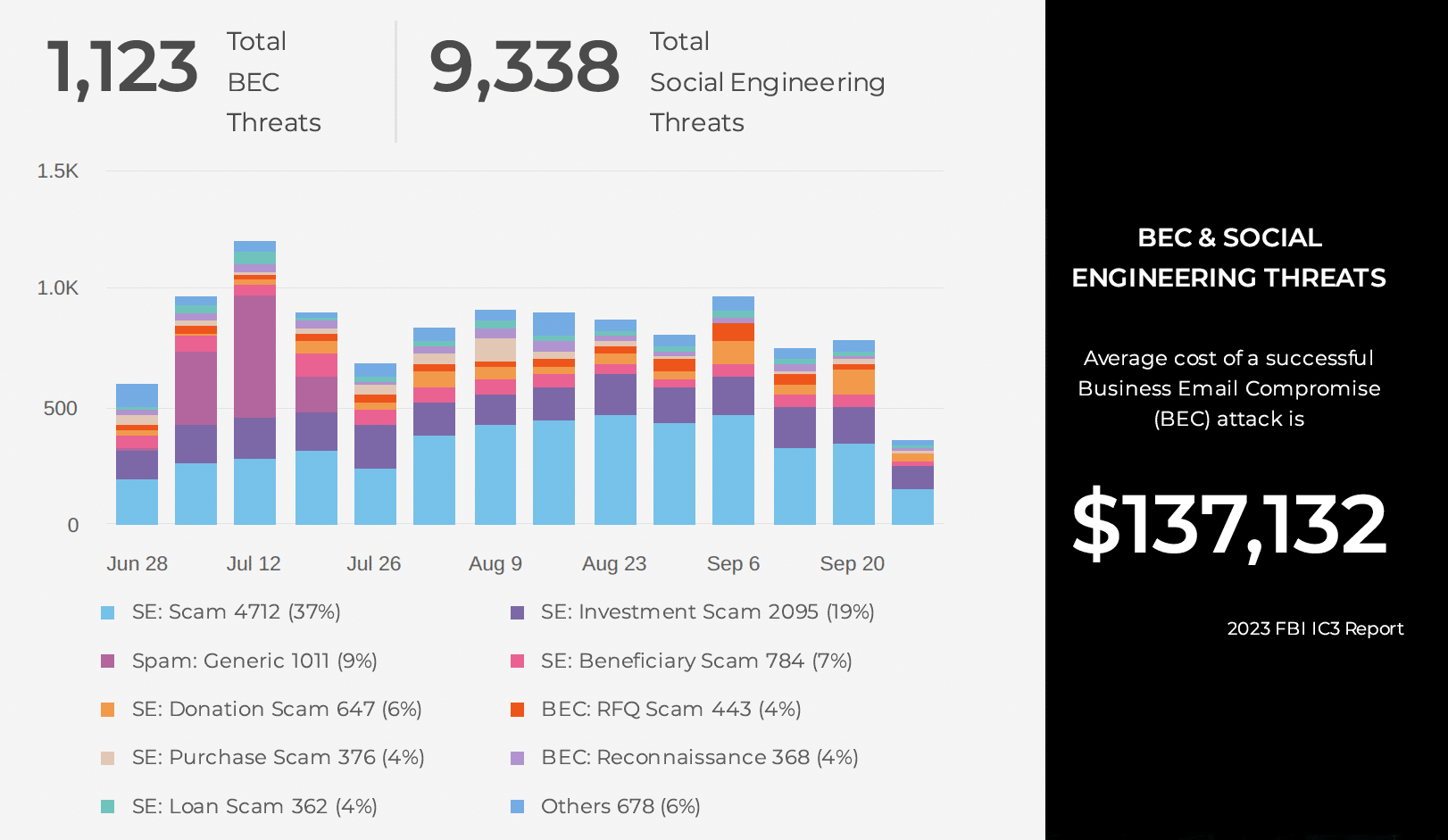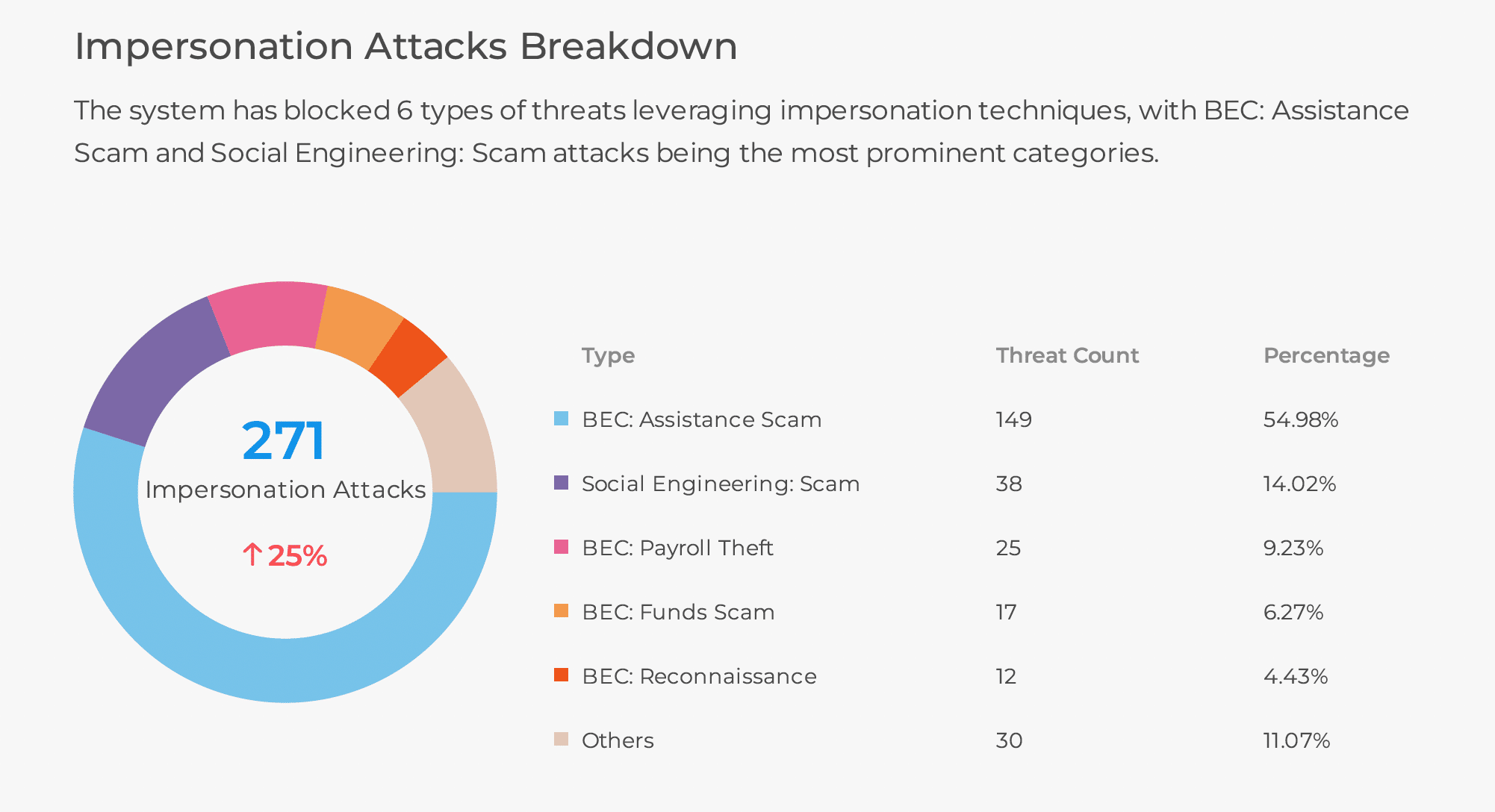
In the ever-evolving landscape of cybersecurity, the cat-and-mouse game between defenders and attackers never ends. At SlashNext, we’ve been at the forefront of this battle, constantly innovating to stay ahead of sophisticated threats. Today, we’re excited to announce a groundbreaking development that we believe will revolutionize threat detection, the latest iteration of our zero-trust virtual stealth browser technology: Project Phantom.
The Challenge: Unwitting Accomplices
Over the years, we’ve observed a concerning trend. Well-intentioned companies offering free services, such as CAPTCHA solutions and content delivery networks, have inadvertently become tools for attackers. These services, designed to improve user experience and verify human interactions, are now being exploited as obfuscation techniques in the attacker’s arsenal.
For example, Cloudflare’s Turnstile Services and similar CAPTCHA solutions have become essential tools in advanced phishing attacks. These CAPTCHAs are cleverly used to block crawlers employed by security services from accessing and analyzing phishing sites. This poses a significant challenge for organizations focused on cybersecurity.
Our Solution: A Fork in the Road
To address this escalating threat, we’ve made a bold move: Rather than depending on standard virtual browsers typically used by bots and security services, we’ve created a stealth mode browser that emulates the behavior of regular browsers on physical machines, with a virtual user seamlessly browsing the web. This approach enables easy access to phishing content for AI analysis
While we can’t divulge all the technical details (we don’t want to give attackers a blueprint, after all), we can share some exciting results:
- We’ve seen a 10x increase in threat detections.
- In a recent bake-off against 12 competitors, including major vendors, our service accounted for 76% of all unique detections.
- We estimate that about 60% of malicious links detected by our email security service and URL service are missed by large vendors like Microsoft.
Why It Matters
This technology isn’t just about impressive numbers – it’s about real-world protection. As attackers continue to exploit free services and obfuscation techniques, traditional security measures fall short. Our virtual stealth browser allows us to see through these obfuscation attempts, providing a level of protection that was previously unattainable.
A Humble Request: Try It Yourself
We know that in the world of cybersecurity, actions speak louder than words. That’s why we’re inviting security professionals, organizations, and skeptics alike to put our technology to the test. Don’t take our word for it – try our URL analysis engine API and see the results for yourself. Also, you can utilize the power of this engine as it secures your messaging channels across email, browser, and mobile.
We’re confident in our capabilities, but we also know that the true measure of any security solution is its performance in the real world. We welcome your scrutiny and feedback as we continue to refine and improve our technology.
Looking Ahead
As we move forward, we’re committed to collaboration within the cybersecurity community. We’ve reached out to companies whose services are being exploited, offering to share our intelligence to help make their platforms more secure.
At SlashNext, our fundamental purpose remains unchanged: to defend against bad actors and fight back against attackers. With this new virtual stealth browser technology, we believe we’re better equipped than ever to fulfill that mission.
Ready to see what’s next in cybersecurity? It’s SlashNext. Try our service today and experience the future of threat detection.



